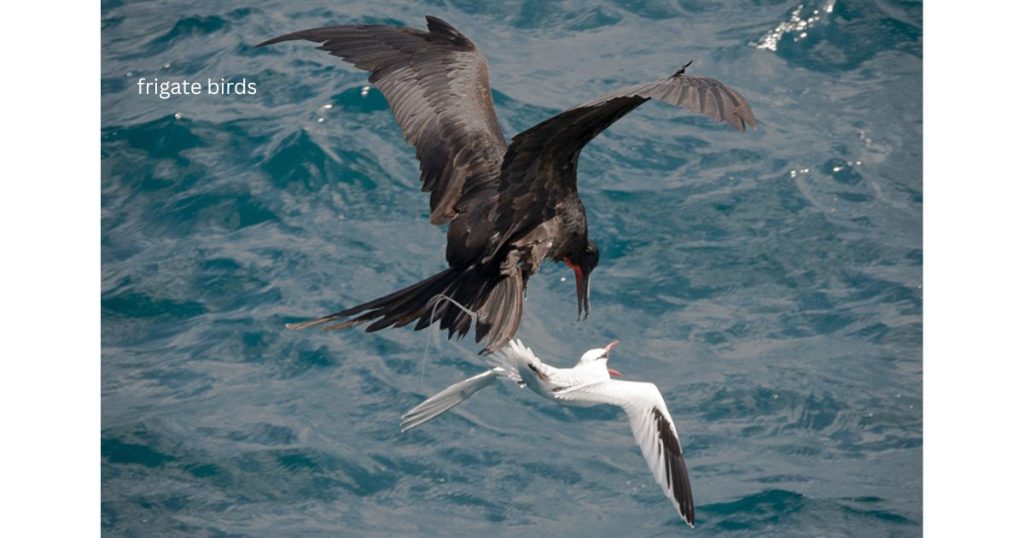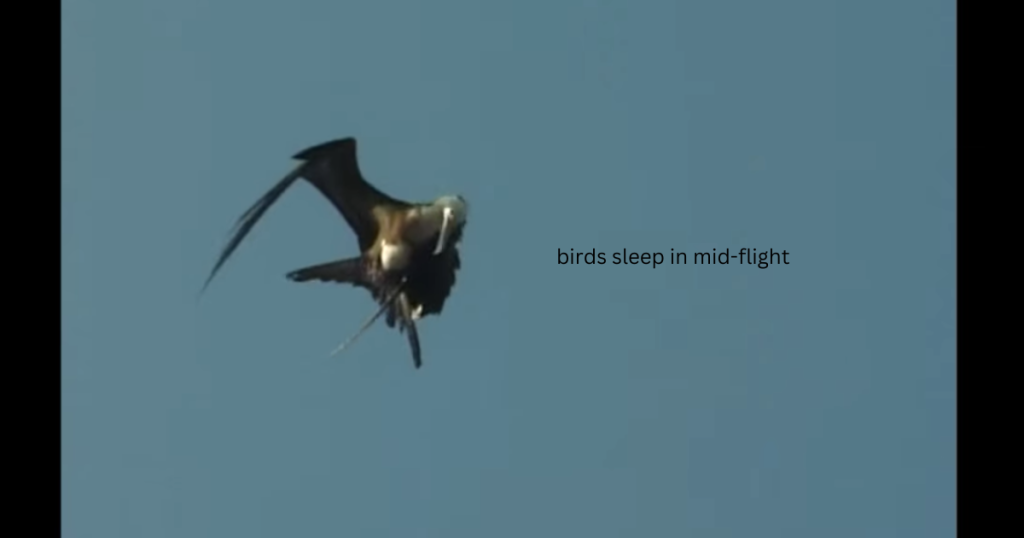Birds have an ability that we do not have They can be asleep and awake at the same time! Today we’re going to learn how that can be possible.
Two Brains
How brain works in birds and humans?
Two brains Before we learn about bird sleep, we have to learn one thing about brains. In both birds and humans, the brain is divided into the left and right sides. These are two brains with different jobs.
The right brain controls the activity in the left half of the body, and the left brain controls the right half of the body.
They have some ways to communicate with each other. In humans, the bundle of nerves that connects the two brains is called the corpus callosum. In human sleep, both brains fall asleep at the same time.

We close our eyes and lie down. It takes more disturbance to get our attention, and it takes us longer to respond.
How bird brain differ from the human brain?
In every bird we’ve checked so far, they can sleep just half their brain while the other half stays awake and alert!
It’s an unusual sleep pattern called “unihemispheric slow-wave sleep.”
Behaviourally, sleep is a period of resting in a species-specific posture.
Physiologically, it’s a state characterized by specific eye movements, muscle tonation, and cortical rhythms.

In unihemispheric slow-wave sleep, only half of the cerebral cortex, the gray matter that wraps both hemispheres of the brain, displays the characteristic patterns of sleep, while the other half remains the neural activity of a waking state.
During this time the brain can’t get full REM sleep; it can only fall into shallower, slow-wave oscillation sleep.
Some other birds sleep like this
Unihemispheric slow-wave sleep is how mammals like dolphins can rest without drowning or being killed.
A dolphin will shut down one hemisphere of its brain, leaving the other half of the brain to monitor breathing function and keeping that eye open to monitor its environment (the left eye will be closed and that indictes the right half of the brain sleeps, and vice versa).
It’s also something a lot of birds do, like mallard ducks keeping one eye open to watch for predators while the rest. So this method of getting some sleep isn’t exactly unheard of.
For birds, this has two HUGE benefits.
Number 1 – Watch for predators
Birds can keep an eye out for predators while resting.
They close one eye, and the other half of the brain goes to sleep.
They can stay still and rest, but still see a predator coming and get out of the way. Any bird that can avoid predators will have an advantage over birds that cannot. Birds will use one-sided sleep if they don’t feel safe, and full sleep if they know there are no predators around.

Ducks have cool behavior. If there’s a row of ducks the outer ducks will keep their outer eye open, but sleep the inside eye. The middle ducks do full sleep, knowing there’s an eye out for predators.
Number 2 – Birds can sleep while migrating
They don’t have to find a place to sleep every night because they can nap while flying. We’re pretty sure birds can do this because birds can fly thousands of miles without stopping for a nap, but it’s never been directly observed.
How do birds do this?
Bird Brains
Birds have at least three differences in their brains that help them do this.
They have no corpus callosum connecting the two halves of their brain.
That way, activity in one half of their brain doesn’t wake up the other half of the brain. It’s like having good sound insulation between two rooms, so one side can listen to music without disturbing someone in the other room. They also have different optic nerves. In humans, both eyes can send information to both halves of the brain. In birds, there’s complete separation, so information from one eye will not wake up the sleeping half of the brain. There are also some ways that birds can have different amounts of sleep signaling in both halves of their brain.
Can you do this?
Short answer: yes!
Humans can sleep the right half of their brain while the left half is more alert. You have experienced this. Think back to your last vacation. You arrive at your hotel or your friend’s couch and settle down to sleep. But that first night is never very restful, is it? You might have trouble getting to sleep, you might wake up in the middle of the night, and you feel kind of groggy the next day. That’s because the left half of your brain spends less time sleeping and more time listening
to and sensing danger. This effect usually goes away on the second day.
How do sea birds use this method to fly?
Frigate birds have an impressive six-foot wingspan but their feathers aren’t waterproof so they can’t rest on water, and yet they spend most of their lives at sea. The exception is when they breed; they do that on land.
So if they can’t land on water, and only come to land to breed.
How does this non-waterproof bird stay above the ocean for weeks at a time?
It all comes down to their brains! Most of us likely think of birds as flying around during the day and resting at night like we do.
But frigate birds?
Earlier this year, a team from the Max Planck Institute for Ornithology in Germany tracked the birds’ brain activity by fitting them with small devices able to measure electroencephalographic (or EEG’s / brainwaves) changes, including rapid eye movement sleep and slow wave sleep. Data was gathered over 10 days while the birds flew more than 3,000km, and it revealed amazing behavior.

During the daytime the birds stayed awake, looking for fish or other birds to harass and steal food from; they’re kinda jerks, but when you can’t land on water that’s how you gotta live.
Then, at night, their brains did something super awesome.
Frigate birds, like humans, have one brain divided into two hemispheres, but frigates can shut down and rest only one hemisphere at a time, engaging it in short-term stages of slow-wave sleep.
In simple words, they sleep with one eye open while flying. The birds typically circle on air currents in the direction of their open eye, which is the one connected to the awake hemisphere. The researchers think they do this so that they can watch where they’re going and so they don’t run into other birds.
Does Frigate birds sleep fully?
But in the study of frigate birds, the researchers found something even more interesting. Frigate birds also occasionally shut down both hemispheres of their brain at once and somehow manage not to drop out of the sky like a hot rock. They don’t do this for too long; only a few seconds at a time, and, between the half-brain sleep and occasional full-brain sleep, they only get about 42 minutes of shut-eye a day when they’re at sea.

Thus sea birds’ sleeping habits during long flights.